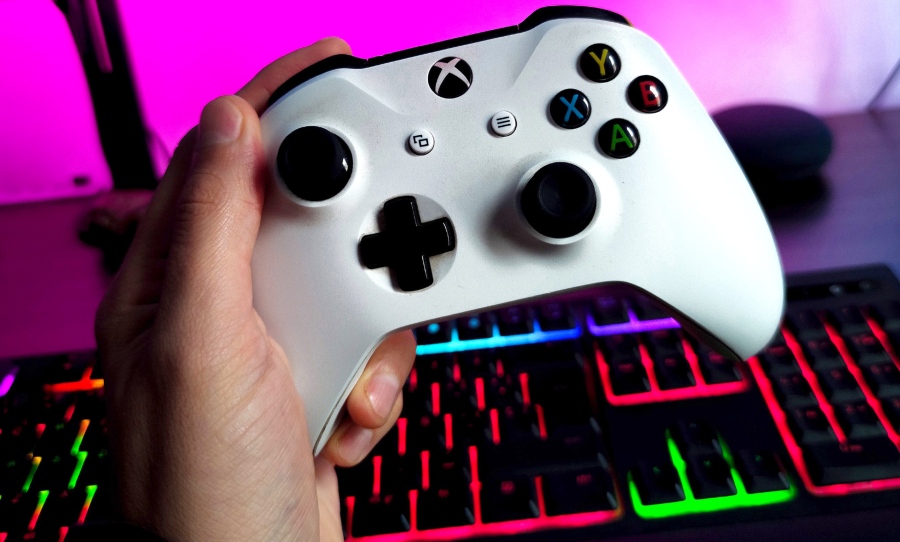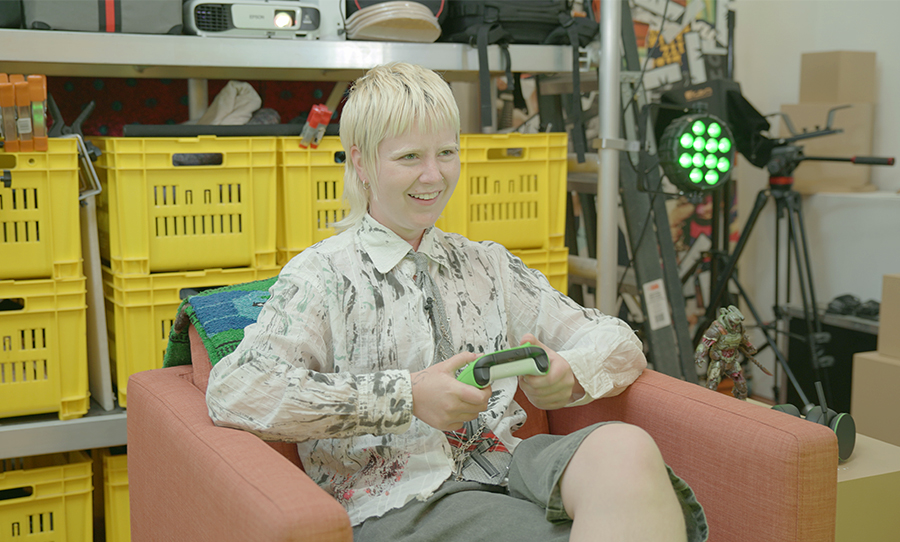Microsoft’s decision to bring Xbox Series X’s brilliant Auto HDR feature to the PC will enhance the visual experience of over 1000 games.
The never-ending console wars usually result in companies doing whatever they can to get a leg up on their competition. Software that can make games run better, brighter or faster has traditionally been hoarded in the hope that its exclusivity encourages gamers to purchase a specific console. However, Microsoft is taking a different approach by bringing the Xbox Series X’s Auto HDR (high dynamic range) feature to PC.
The feature will improve the visuals of over 1000 games, with HDR unlocking a more intense range of colours than possible on standard monitors. While the technology is still in the preview stage, Microsoft has revealed that members of the Windows Insider Program can test out the feature right now.

What does Auto HDR actually do?
Auto HDR has been so innovative for the Xbox Series X because it is able to intensify the colours and luminance of older games being played on the next-gen console. Think of the tool like an auto-filter for a photo taken on a phone – it simply enhances the colours that already exist in the image, so it can improve all games rather than just those ‘optimised for Xbox Series X’.
Microsoft detailed the benefits of the technique in their announcement blog post:
“…the increased range of colour and luminance of HDR enables a more immersive, realistic experience. You’ll be able to see the details of haunting movement in dark shadows rather than just black.
The bright sun will be a more radiant, warm yellow rather than a flat saturated white, but unless the game is displaying on your monitor with that improved dynamic range, you won’t get the benefits of a more immersive experience even if you have an HDR capable monitor.”
Back Compat on Xbox Series X is freaking amazing! #XboxSeriesX
4K and 4K 60fps, Auto HDR 💚 pic.twitter.com/CKVcKNik8K— colteastwood (@Colteastwood) February 6, 2021
Naturally, this is a great function for older games, which can be renewed by boosted visuals. The tool will function the same way on the PC, where users that have a HDR-compatible display will be able to toggle the feature on and off within Windows 10’s HD Colour Settings, regardless of whether the game was designed with a HDR mode.
Hannah Fisher, a DirectX program manager at Microsoft, explained that the feature will be able to “take DirectX 11 or DirectX 12 SDR-only games and intelligently expand the colour/brightness range up to HDR”. With the function currently in the testing phase, Microsoft is still working to optimise performance and fix some issues, but they’re eager to hear consumer feedback.
At the moment, there’s even a split-screen feature for those testing out the technology, which lets users see the original SDR images alongside the Auto HDR pictures. This feature is “only for development and evaluation”, but will allow you to find out for yourself just how much of a difference the dynamic range makes.
Batman Arkham Knight has never looked so good on console. Auto HDR on Xbox Series X takes it over the top. Really looking forward to the Arkham Knight Series X|S patch, fans will finally see what this game was supposed to look like six years ago.#Xbox #XboxSeriesX pic.twitter.com/y14twb46yD
— DEALER (@Dealer_Gaming) March 11, 2021
How will this affect the console wars?
Microsoft’s seemingly curious choice to bring Auto HDR to the PC rather than keeping the technology as an Xbox exclusive isn’t completely out of the blue. Another benefit only Xbox owners previously enjoyed has just recently come to PC; with EA Play subscriptions now being bundled for free with Xbox Game Pass memberships (who seem to be getting a whole lot of perks these days).
It seems that Microsoft is embracing PC gamers, rather than focusing on winning the console wars at all costs. This aligns with head of Xbox Phil Spencer’s innovative take on Xbox’s place in the gaming world, which he revealed on Gary Whittia’s virtual talk show Animal Talking:
“If [selling the highest number of consoles] was our approach, we wouldn’t put games on PC. We wouldn’t put games on Xbox One, we wouldn’t have xCloud and allow people to play games on their phones. How many consoles do I sell versus how many consoles does another company sell? [That’s more] Sony or Nintendo or other companies back in the day, that’s not our approach.”
Microsoft’s next-gen strategy clearly involves making their games playable no matter what device you lean towards, as they work to create a digital game library that works across different Xbox products, smartphones and computers. As they continue to stray away from direct competition with Sony, it’ll be worth watching to see how these two traditional rivals continue to develop into uniquely different entities.



